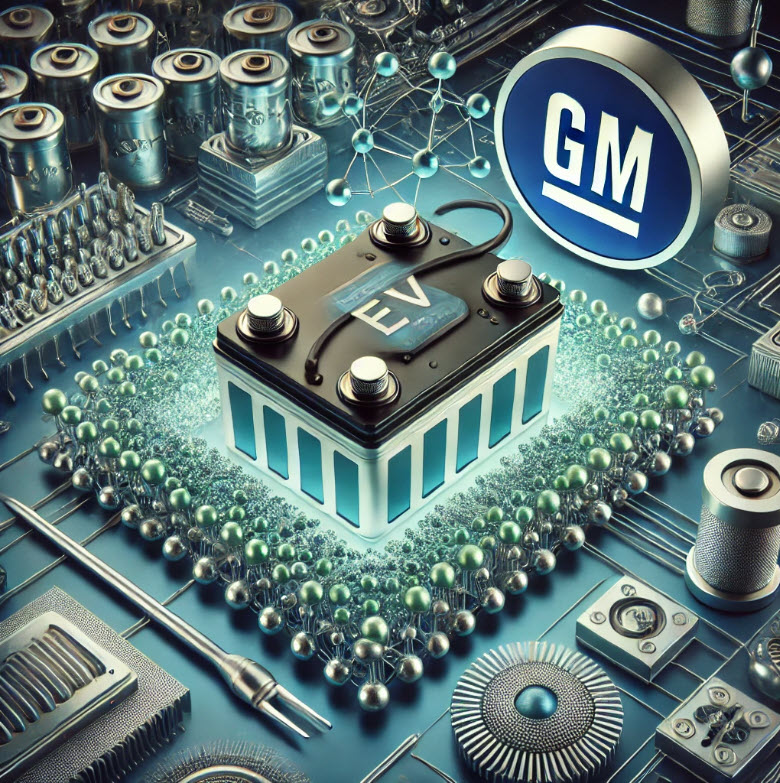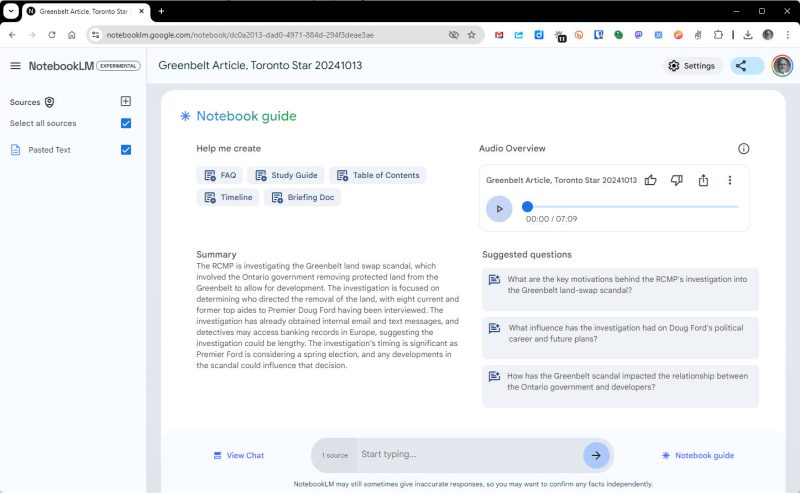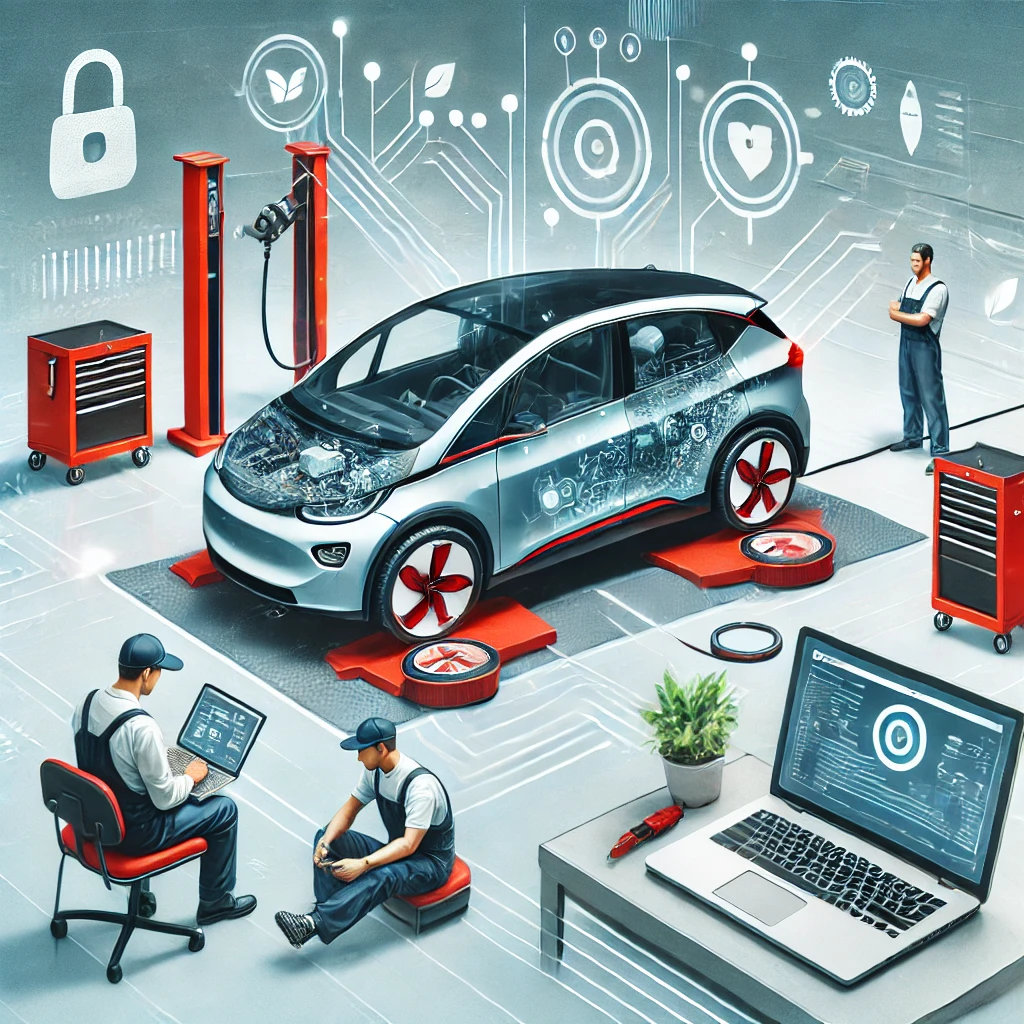This post has been created using my Peter’s Visionary Debaters CustomGPT with the prompt “Debate the merits of using CamelCase vs all lowercase for hashtags/tags in social media posts and task management software.”
Socrates (Ethical dimensions):
“Does the form of writing not reflect the writer’s regard for their audience? Should we not aim for clarity and understanding, above all? The purpose of communication—whether in a hashtag or software label—is to bridge the gap between minds. If CamelCase offers improved readability for the masses, can it not be argued that it is an ethical duty to employ it? Yet, we must ask: Do simplicity and universality—qualities of lowercase—suffer at the hands of this formatting? Which method, then, embodies true virtue?”
Plato (Ideological implications):
“CamelCase and lowercase are more than stylistic choices; they symbolize two visions. CamelCase reflects structure, hierarchy, and form—each word is given distinct recognition, promoting clarity. It belongs to a world where ideal forms give order to reality. In contrast, lowercase hashtags appeal to a vision of simplicity and uniformity, reflecting democratic ideals. This is a question of ideology: Do we emphasize clarity and precision (CamelCase), or accessibility and ease (lowercase)? The answer lies in the principles we wish our systems to embody.”
Aristotle (Logical consequences):
“The choice between CamelCase and lowercase should depend on context. CamelCase undeniably enhances readability, especially in compound terms or long tags, minimizing ambiguity. However, it introduces a risk of inconsistency—one user may write #TimeManagement, while another may use #Timemanagement, leading to fractured tagging systems. Lowercase hashtags, though easier to adopt universally, reduce readability, especially for complex terms. Logical analysis shows that the optimal choice might vary based on the user environment: CamelCase for clarity in structured software, lowercase for simplicity in fast-paced social media.”
Steve Jobs (Innovative potential):
*”Great ideas need to be understood fast. In our fast-moving digital world, CamelCase might help users *scan* hashtags quicker—providing a cleaner experience. But lowercase holds a certain elegance: it’s informal, fluid, modern. Remember, people don’t just adopt software—they have to love it. Apple’s design philosophy has always been about removing friction. If lowercase offers a more intuitive feel and lets people focus on the content, not the form, then perhaps that’s the way forward. Yet innovation is also about accessibility—if CamelCase makes information easier to parse, it deserves a place too.”*
Marie Curie (Scientific integrity):
“Both formats have merits, but the choice must be made with respect for precision and clarity. In research, we recognize the value of structure—it minimizes errors in communication. CamelCase might be preferable where precision is critical, as it clearly delineates concepts within a tag. However, lowercase, being easier to type and reproduce, may encourage broader participation. From a scientific perspective, the trade-off between precision and simplicity must be weighed carefully, depending on the purpose. The crucial question is: Which method ensures the most consistent and accurate transfer of information?”
Mahatma Gandhi (Humanitarian impacts):
“The choice between CamelCase and lowercase is not just technical—it reflects how we view access and equality. CamelCase may be clearer for some, but it might also exclude those unfamiliar with its conventions. Lowercase hashtags are simpler and more inclusive, reducing barriers for people with limited digital literacy. In organizational software, while structured tags may improve efficiency, accessibility must remain a guiding principle. The challenge is to adopt solutions that benefit all users equally—those with advanced skills and those without. What serves the greatest good: clarity or simplicity?”








